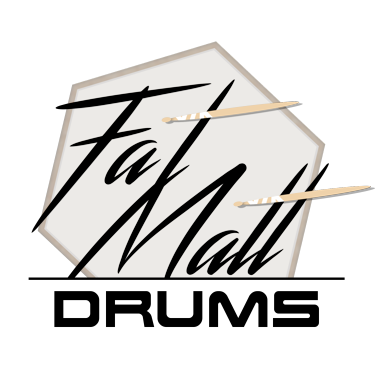Pivot Point gets the hands moving and warm, with particular attention paid to establishing and focusing the fulcrum on each hand. The fulcrum is the most important part of any grip—it is the point about which the stick is allowed to pivot within the hand. This kind of freedom for the stick to move within the hand is important for allowing the stick to resonate when it strikes the drumhead.
Additionally, however, having the pivot point remain consistent across all rudimental content is another crucial component of grip fundamentals. How the stick resonates will change depending on where the fulcrum is positioned along the stick. How the fingers are allowed to work against the rebound of a stroke to achieve additional bounces also depends heavily on how the fulcrum is constructed. The focus for exercises that do not demand active engagement from the fulcrum/fingers is to force ourselves to maintain a well-constructed fulcrum anyway. If we make sure it’s always there when we “don’t need it,” then it will always be ready for a quick crush, diddle, etc. as needed, without having to constantly adjust the stick within the hand to achieve differing rudimental demands.
The purpose of a legatos exercise is to establish your baseline approach to grip and motion. Make sure you’re establishing the same grip and motion fundamentals that you will apply to everything else!
These ideas are further described in Quality Control for Rudimental Drummers:
The fulcrum is the most important part of a grip. For many situations, the stick functions as an extension of the hand, moving just as the hand does; however, the stick is also allowed some freedom to move within the hand, especially necessary for faster figures that require action from the fingers. The fulcrum is the pivot point for that motion, which comes into play at the moments when the bead strikes the drumhead. It is the part of the hand that actively exerts force on the stick (through engagement of the muscles) in order to hold onto it, and it should be well established at all times. It may become more engaged for crushes and faster multi-beat figures, but it is always present, even when you think it may not need to be. [p. 12 Digital Download Edition]









